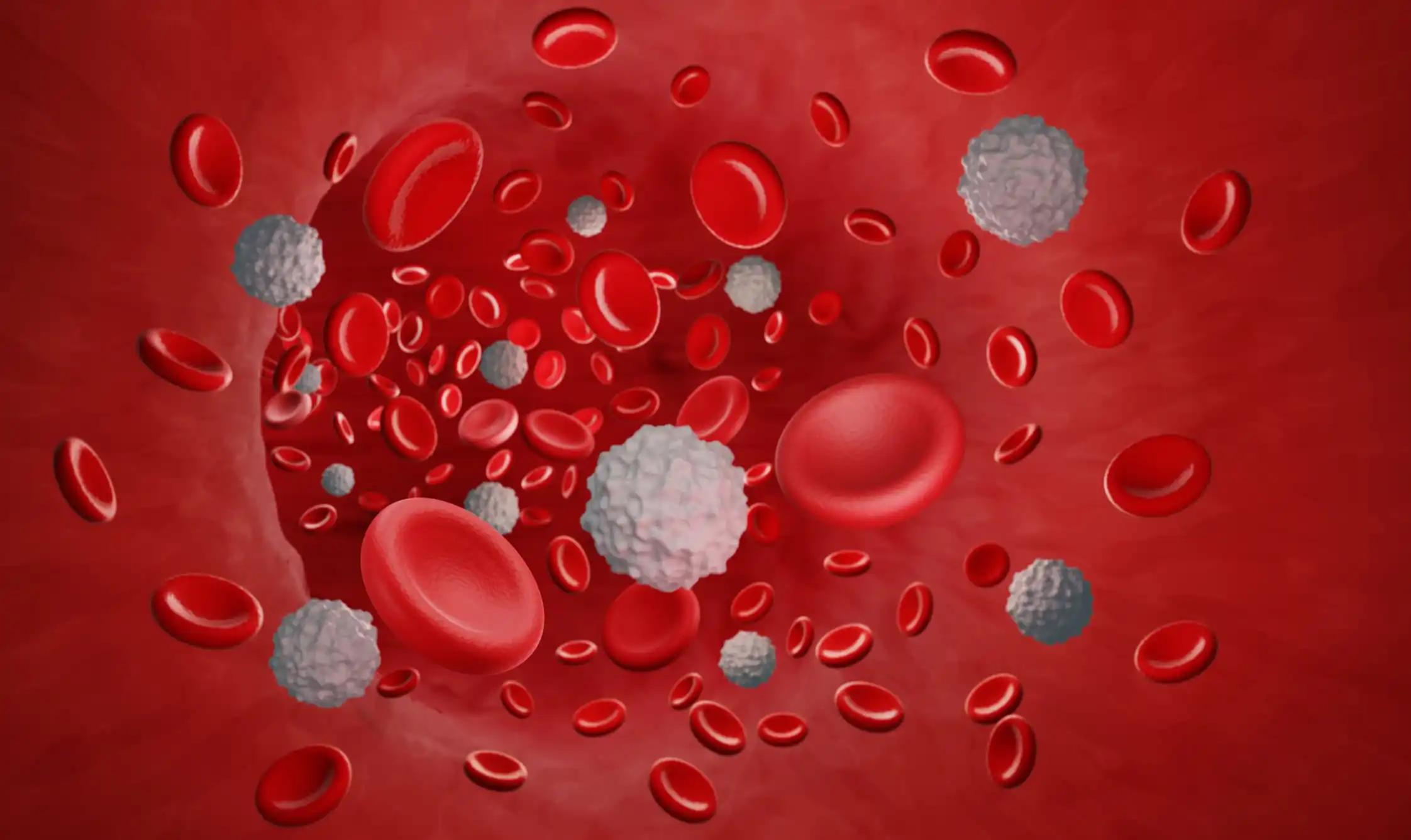KEY TAKEAWAYS
- The interventional phase 3 trial aimed to assess the impact of resected metastasis on the TIL phenotype.
- The results demonstrated that metastasis location doesn’t affect TIL outcomes or phenotype.
Adoptive Cellular Therapy (ACT) employing Tumor-Infiltrating Lymphocytes (TIL) has shown promise in a phase 3 trial (NCT02278887) for melanoma. Notably, 49% of TIL-treated patients achieved a complete or partial response based on RECIST 1.1.
There is a need to investigate the potential impact of the resected metastasis location on the phenotype of the final TIL infusion product, providing critical insights for the future development of TIL therapy in melanoma.
Joachim Stoltenberg Granhøj spearheaded the study that aimed to evaluate the potential influence of the location of resected metastasis on TIL production and its subsequent impact on the phenotype of the final TIL infusion product.
In the intervention study, cryopreserved TIL infusion product samples were analyzed from all unresectable stage IIIC-IV MM participants who underwent treatment in the phase 3 trial. Multiparametric flow cytometry was employed to examine whether the anatomical location of the metastasis utilized for TIL production influenced the composition of the ultimate TIL infusion product. The statistical significance was assessed using the Kruskal-Wallis test.
About 80 pts underwent TIL treatment, with 37 (46.3%), 29 (36.3%), and 14 (17.5%) having lymph node, (sub)cutaneous, or visceral metastasis resection for TIL production, respectively. Visceral metastases comprised lung (n=8), liver (n=2), spleen (n=1), small intestine (n=1), adrenal gland (n=1), and peritoneum (n=1). The choice of metastasis site for TIL production showed no significant impact on clinical response (p=0.84) or the composition of the final TIL infusion product. This lack of impact extended to key TIL subsets, including CD45+ CD3+ (P=0.42), CD8+ TCRab+ (P=0.37), CD4+ TCRab+ (P=0.09), and CD3+ TCRgd+ (P=0.36).
The differentiation of CD4+ and CD8+ TIL into various subsets, including naïve (CCR7+ CD45RO-), effector memory (CCR7- CD45RO+), central memory (CCR7+ CD45RO+), and terminally differentiated effector memory cells (CCR7- CD45RO-), remained consistent across different metastasectomy sites, with no significant variations observed.
The result demonstrated that the anatomical site of the metastasis employed for TIL production exhibited no influence on the clinical response, the total TIL yield, or the comprehensive phenotypic makeup of the resultant TIL infusion product. Consequently, opting for easily accessible MM lesions is a favorable choice without posing any risk to TIL phenotype or clinical outcomes. This study is sponsored by The Netherlands Cancer Institute.
Source: https://cslide.ctimeetingtech.com/immuno23hybrid/attendee/confcal/show/session/34
Clinical Trial: https://clinicaltrials.gov/study/NCT02278887
Granhøj J S. “Anatomical location of metastasis and composition of the final infusion product in metastatic melanoma (MM) pts treated with tumor-infiltrating lymphocytes (TIL).” Presented at ESMO IO 2023. (Abstract: 57P)



